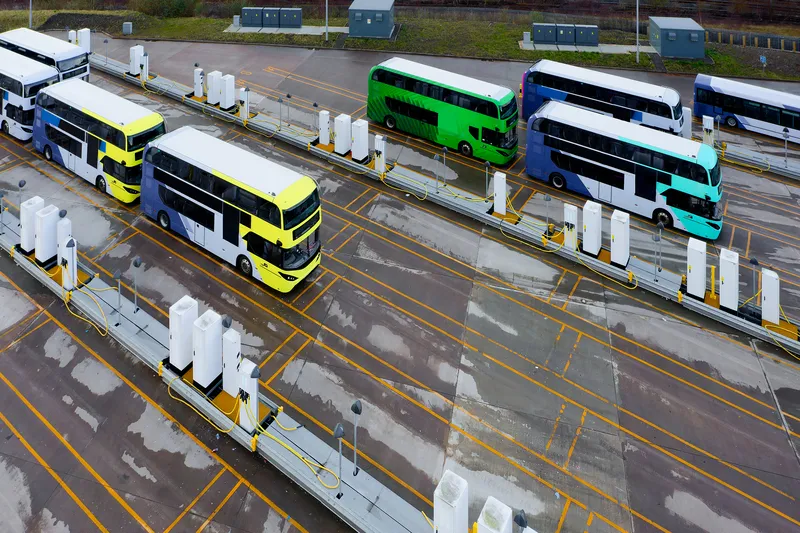Four of the latest variable message signs (VMS) are to be installed around junction 35 of the M6 motorway at Carnforth, giving drivers better warnings of incidents and other information about the motorway such as weather conditions.
As part of the work, new CCTV cameras will be mounted on the VMS signs and standalone masts, allowing Highways Agency traffic officers at the North West Regional Control Centre at Newton-le-Willows to monitor and manage motorway incidents more effectively.
A similar, US$2
November 18, 2014
Read time: 2 mins
Four of the latest variable message signs (VMS) are to be installed around junction 35 of the M6 motorway at Carnforth, giving drivers better warnings of incidents and other information about the motorway such as weather conditions.
As part of the work, new CCTV cameras will be mounted on the VMS signs and standalone masts, allowing503 Highways Agency traffic officers at the North West Regional Control Centre at Newton-le-Willows to monitor and manage motorway incidents more effectively.
A similar, US$2.6 million project to provide new VMS and CCTV cameras around junction 33 of the M6 at Galgate was delivered earlier this year.
Highways Agency project manager Dan Foster said: “This significant investment in technology along this section of the M6 in Lancashire is being delivered through the Government’s pinch point programme and will boost the amount and frequency of information we can give to motorway users, helping to provide safer and more reliable journeys.
“The better intelligence provided by the additional cameras will also make it easier for Highways Agency traffic officers and partners like the police to respond to and manage incidents – again boosting safety and journey reliability.”
The new signs and cameras will be placed a mile and half a mile in each direction from junction 35 with two more cameras erected on standalone masts.
As part of the work, new CCTV cameras will be mounted on the VMS signs and standalone masts, allowing
A similar, US$2.6 million project to provide new VMS and CCTV cameras around junction 33 of the M6 at Galgate was delivered earlier this year.
Highways Agency project manager Dan Foster said: “This significant investment in technology along this section of the M6 in Lancashire is being delivered through the Government’s pinch point programme and will boost the amount and frequency of information we can give to motorway users, helping to provide safer and more reliable journeys.
“The better intelligence provided by the additional cameras will also make it easier for Highways Agency traffic officers and partners like the police to respond to and manage incidents – again boosting safety and journey reliability.”
The new signs and cameras will be placed a mile and half a mile in each direction from junction 35 with two more cameras erected on standalone masts.










